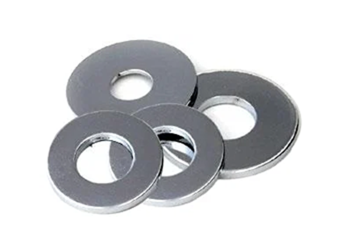11월 . 25, 2024 17:51 Back to list
how to choose screw size
How to Choose Screw Size A Comprehensive Guide
Choosing the right screw size is crucial for the success of any project, whether it be woodworking, metalworking, or any DIY endeavor. The right screw not only ensures structural integrity but also contributes to the overall appearance and durability of your work. Here, we will explore the key factors to consider when selecting screw size.
Understanding Screw Sizes
Screw sizes are generally represented by their diameter and length. The diameter is an important factor as it indicates the thickness of the screw, which affects its holding power. The length of the screw is equally important, as it determines how deep it will penetrate into the material. A screw that’s too short may not hold, while a screw that’s too long can damage the material.
Common Screw Size Measurements
Screws are often categorized by gauge (a standardized measure of wire diameter), which ranges from 0 to 48 in the Imperial system. For example, common sizes for wood screws are 6, 8, 10, and 12 gauges. It's essential to understand that as the gauge number increases, the diameter of the screw decreases.
Material Considerations
The material in which the screw will be used is another important factor. Different materials require different screw types, such as wood screws, metal screws, or machine screws. For instance, wood screws are typically designed with a sharp point and coarse threads to grip wood tightly, while metal screws may have finer threads to better engage with metal surfaces.
Load and Strength Requirements
Consider the load the screw will need to carry. Screws used in structural applications require a larger diameter for maximum strength and holding power. If the screw needs to support a heavy load, opting for a larger size and a sturdier material, such as stainless steel or hardened steel, is advisable.
how to choose screw size

Thread Type and Design
The type of thread on a screw can affect its performance; thus, understanding thread standards is beneficial. Coarse threads provide better grip in softer materials, while fine threads offer greater holding power in harder materials. Additionally, some screws have specialized designs like self-tapping or self-drilling threads, which can make installation faster and easier.
Pilot Holes and Pre-drilling
Creating pilot holes can make the installation process smoother and reduce the risk of splitting the material, especially with wood. The diameter of the pilot hole should be similar to the minor diameter of the screw (the diameter of the screw’s shaft, excluding the threads). This will allow the screw to cut into the material without too much resistance.
Practical Tips for Selection
1. Consult a Chart Many manufacturers provide screw size charts that outline appropriate lengths and diameters for various materials and applications. Use these as a reference. 2. Use the Right Tools Accurate measuring tools should be on hand. A caliper can help measure screw diameter, while a ruler or tape measure is essential for length.
3. Test It Out If uncertain, try a few different screw sizes on scrap material. This will help you visualize how they fit and hold.
4. Consider Aesthetics In addition to strength, the screw's head type (flat, round, or hex) can affect the project’s final appearance. Choose one that complements your work.
Conclusion
Choosing the appropriate screw size requires careful consideration of multiple factors such as diameter, length, material, and intended use. By following these guidelines and using the right tools, you can ensure a successful and durable installation, leading to quality craftsmanship in your projects.


